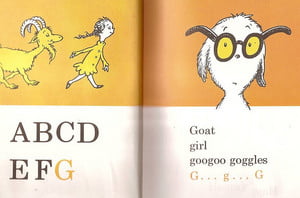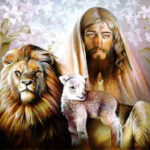As a child, I remember sitting for what seemed like hours, being drilled on math facts by my dad. It was a no-nonsense approach that kids of my day used to learn important information. And it usually worked. I am grateful to my parents for pushing me to work when I didn’t want to. It taught me to persevere. And it taught me that everything doesn’t have to be fun-it just has to be done.
It seems that many kids today seem to be missing that drive- that will to keep going when things get tough. So I believe we need to still do some pushing as parents. Everything worth doing is not going to be fun. Some things take a lot of work, and that is just a fact of life.
Today, educators have found many ways to teach the same subjects. Learning styles have been in the news a lot lately, and now we know that different children learn in different ways. Some kids, the super busy ones, tend to learn better by moving around being involved physically in what they are learning. Some learn better if they hear the facts, and others need to see what they are learning to get a firm grasp.
So when it comes to teaching math facts, it makes perfect sense that if your child is struggling, maybe you should try a different approach. I want to show you some of the best ideas I have learned to teach math facts, so you can be sure your child is ready for upper level classes when the time comes.
For the child who learns by being active, make a grid on the floor with masking tape. Inside each square, put a card with a number that corresponds with the answer to a math fact you would like to practice. Ask a question, and give points if the child can toss a bean bag into the correct square.
You could also make a large game board on the floor that looks like the mat to the game Twister. An even better idea would be to actually use an old Twister mat. Do the same thing as in the above game. Write numbers on cards that correspond with the math facts you are using. Now do just like you would with Twister. Give the question and have them put either a foot or hand on the matching spot.
Buy a package of Post It sticky paper. Make two sets of sticky papers-one with the questions, and the other with the answers to those questions. Stick the questions to the wall and have them match them with the correct answers.
Get a package of sticky dots like you would buy to put prices on yard sale items. On a sheet of paper, draw small circles and write the math facts your child is studying. On each sticky dot, write the answer to one of those questions. Now let your child match up the stickers with the circles.
Get a jar and a large bag of marbles, or other small item (beans, pennies, etc.). Give the child a math facts worksheet, and sit down beside them. Each time they get a correct answer, give them one of the small items to put into the jar. When the jar is full, the child can receive a small prize. This may be a project you work on over a period of several days, with the child adding items to the jar each day.
You know your child better than anyone else in the world. Use these ideas, or brainstorm ideas of your own that will get them excited about learning. Then sit back, and watch them take off and excel.
For more ideas on teaching math see: Online Math Help-How to Teach Fractions, and Educational Games-How to Make Them for Your Children









